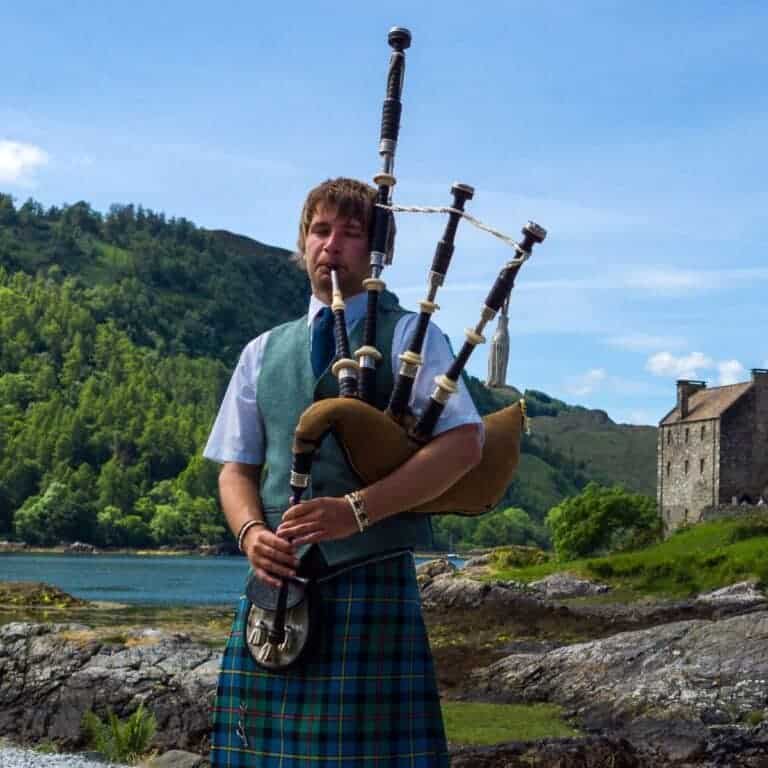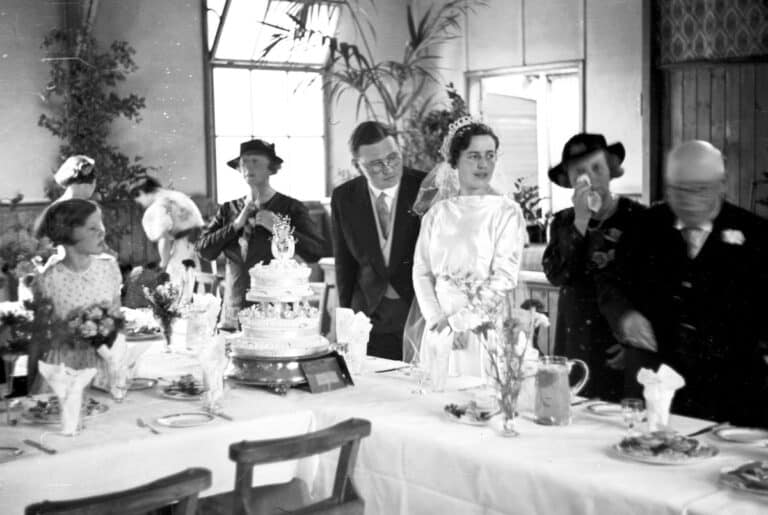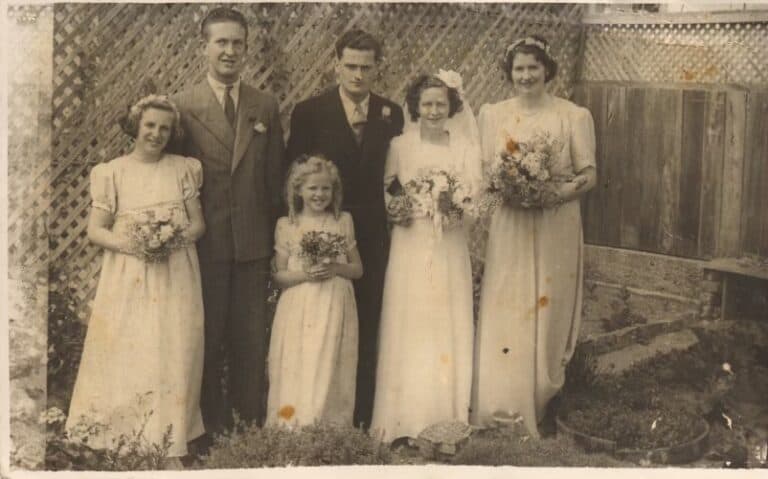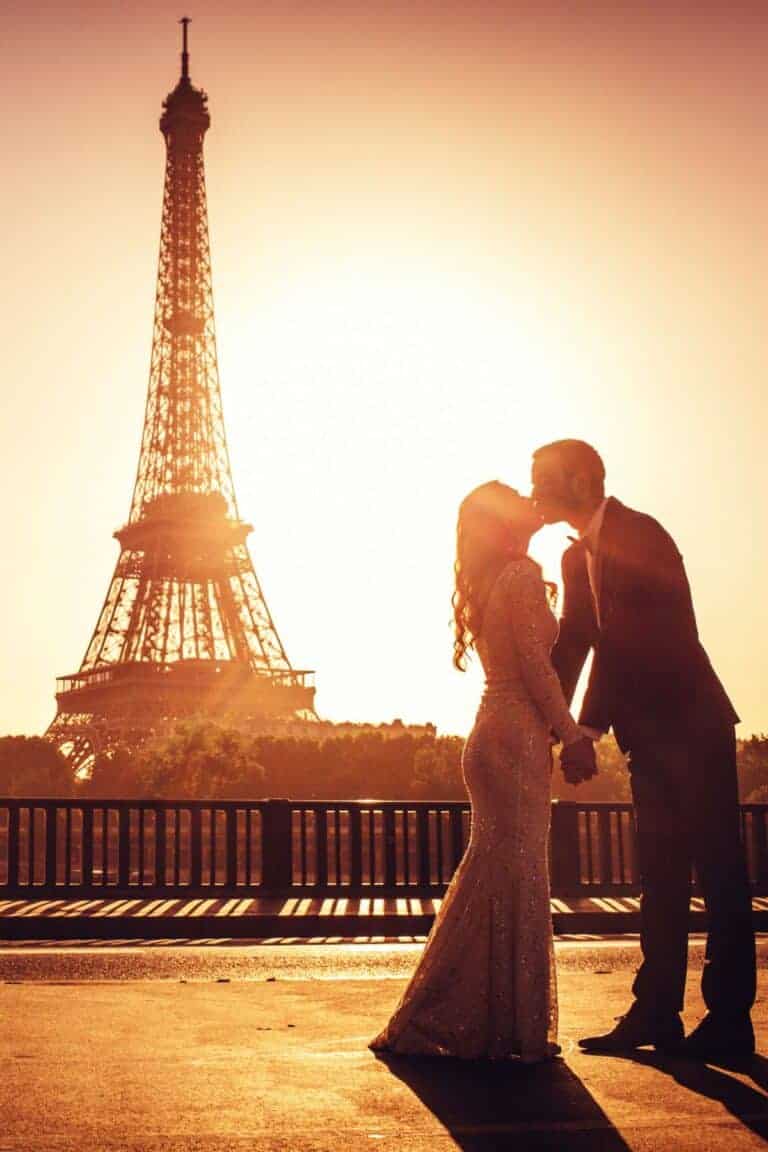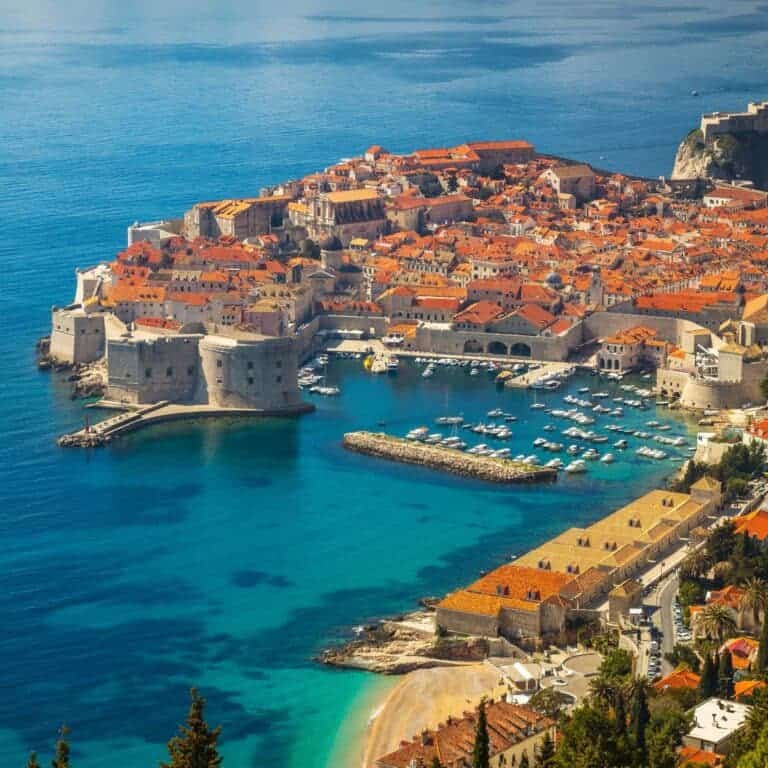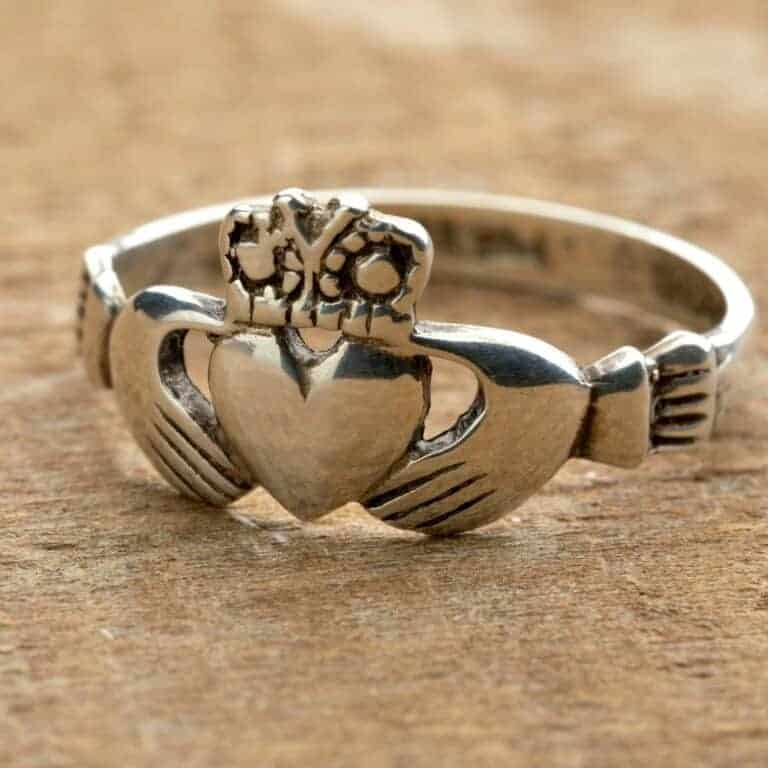Danish Wedding Traditions
Danish wedding traditions are filled with joy, cultural significance and symbolism. They’re also a lot of fun! Whether you’re planning a wedding in Denmark or just curious about the country’s wedding customs, here’s a look at some of the most beloved Danish wedding customs.
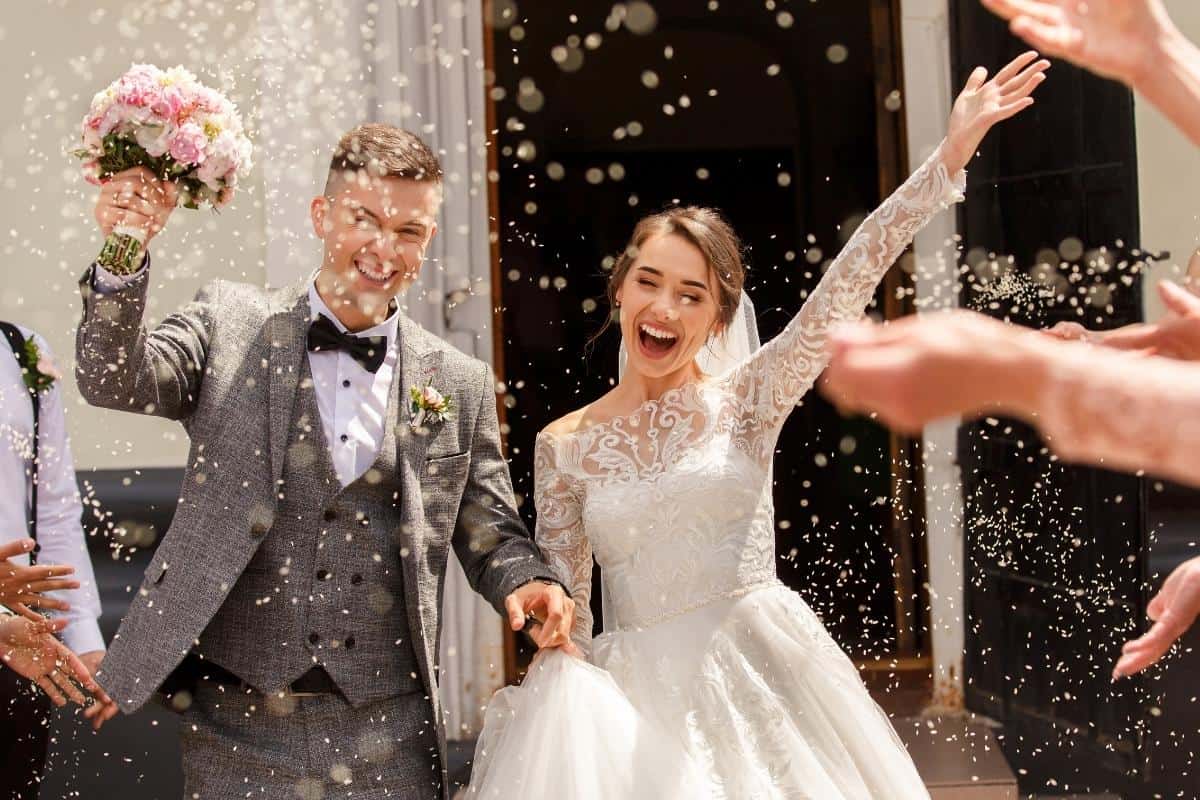
Gate of honor (arch of pine branches)
This one is one of the most popular and common Danish wedding traditions. The ‘Gate of Honor‘ (“æresport”) is a ceremonial arch made of pine branches and flowers.
It is placed at the bride’s home on the day of the wedding. It can either be placed at the front door of the bride’s home or somewhere around where the bride lives. This old tradition is just stunning and it’s a signature mark that signals the upcoming marriage celebration.
The color red
The color red is symbolic in Danish weddings. The bride often wears a traditional white wedding dress, but with a touch of red somewhere visible to symbolise love. It can be as simple as a small red fabric on the bride’s veil or white dress, a design piece on the wedding shoes, a nail color, or a ribbon in their hair.
Red not only symbolizes love in Denmark but it’s also said to ward off any bad luck and evil spirits that could damage the marriage in the future.
The bridal bouquet
In Danish wedding culture, it’s always customary that the bride’s bouquet is bought and chosen by the groom.
Danish wedding venue
The main ceremony of a typical Danish wedding predominantly takes place at a church or town hall. This is almost exclusively traditional, unlike the States where marriages take place in many different areas. It is common practice that everyone invited to the ceremony must arrive before the father and bride. Once the father and bride arrive, the ceremony can at last begin.
At some point in the ceremony, rice is showered on the new bride and groom to wish luck, prosperity, and fertility in the future of their marriage. This is the most lighthearted time of the ceremony in Danish tradition and helps relieve the nerves of the bride and groom.
The wedding reception
Following the ceremony, the wedding reception takes place right away. Before the reception party begins, several different prepared speeches are given. Once everyone is seated comfortably for dinner, usually, a three-course meal is served. A Danish wedding reception can be a loud and jovial affair, with lots of fun little customs.
Kissing games
Throughout the night, the bride and the groom must stay alert for kissing queues. This can happen at random intervals and in a few different ways. First, if the party members stomp on the ground together, the newlyweds must dive under the table and hide for a kiss.
Second, if the party members slap or hit their silverware against their plates, the newlyweds must engage in a seated kiss.
Finally, if the party members slap or hit their silverware against their glasses, the newlyweds must stand up on their chairs, balance, and give each other a kiss without falling. Party members will often continue rattling their silverware as the couple balances on the top of their chairs.
The wedding waltz
The wedding waltz is the couple’s first dance. It is known as “brudevals.” At this point, the reception calms down, making for an elegant and graceful first waltz between the newlyweds. The dance must start before midnight on the wedding day, so keeping track of time is part of the tradition.
All the wedding guests form a circle around the newlyweds as they begin to waltz. As the song progresses, the rest of the guests begin to move closer and closer until the marrried couple are surrounded tightly at the end of the song.
Here is the wedding waltz of Crown Prince Frederick and Crown Princess Mary of Denmark in 2004. You can see all the wedding guests closing in on the couple.
The groom’s socks and the bride’s veil
Once the dance is completed, the party continues. The most bizarre Danish wedding tradition occurs next. It’s customary for the groom to lose the toes of his socks! The groom is lifted by whatever guests are eager to do so, and the tips of his socks are cut off. The tradition originated as a way of creating the bride’s first chore for her husband: sewing her husband’s socks back together.
It is also said to make the groom look unattractive so no other woman will want him.
Next, the bridal veil is ripped into as many pieces as possible making for more fun chaos. Guests make sure to grab a piece for good luck and a lasting marriage.
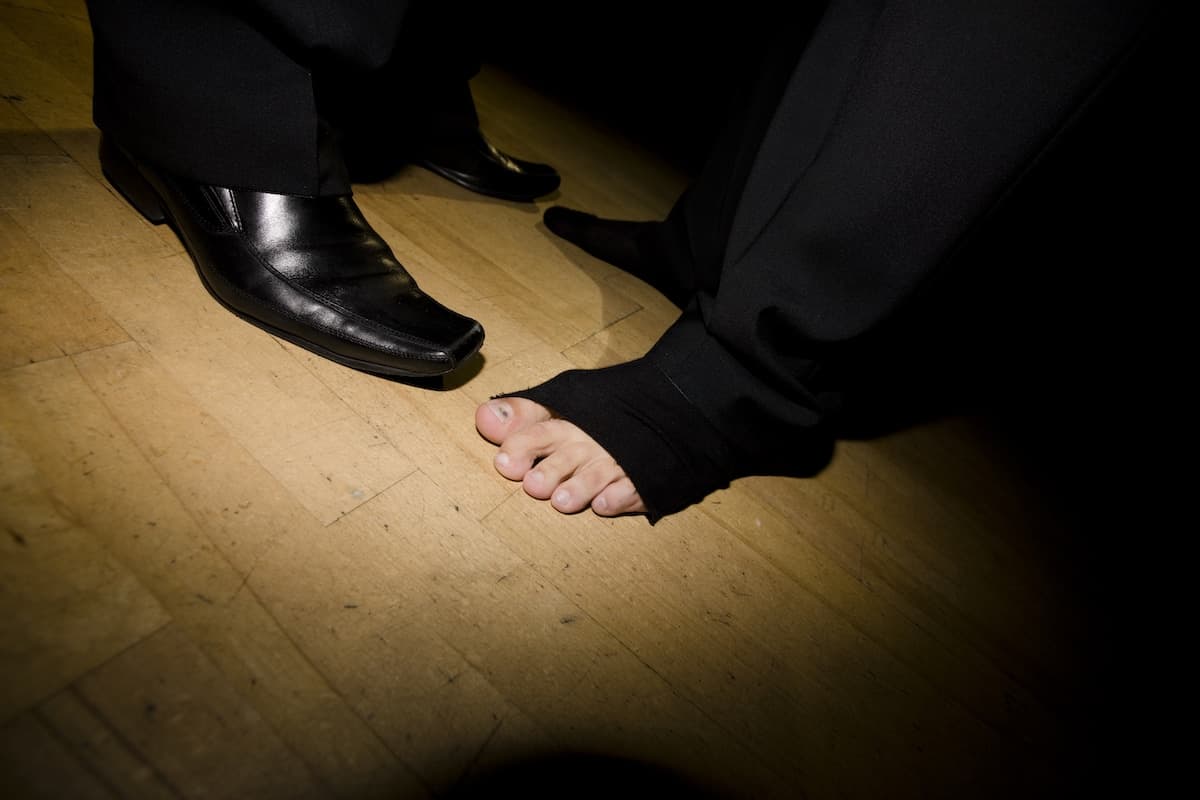
The wedding cake
Like in other places in the world, the wedding cake is an integral part of the wedding. The cutting of the cake can happen whenever the party chooses, but it must be before midnight. This type of cake is essential.
The traditional wedding cake is called “conucopiaor kransekageis,”, which translates to wreath cake. This customary wedding cake is a glorious tower of almond paste cookie rings. It is tradition to save the top ring of the cake for an anniversary or souvenir of the most important night for the newlyweds.
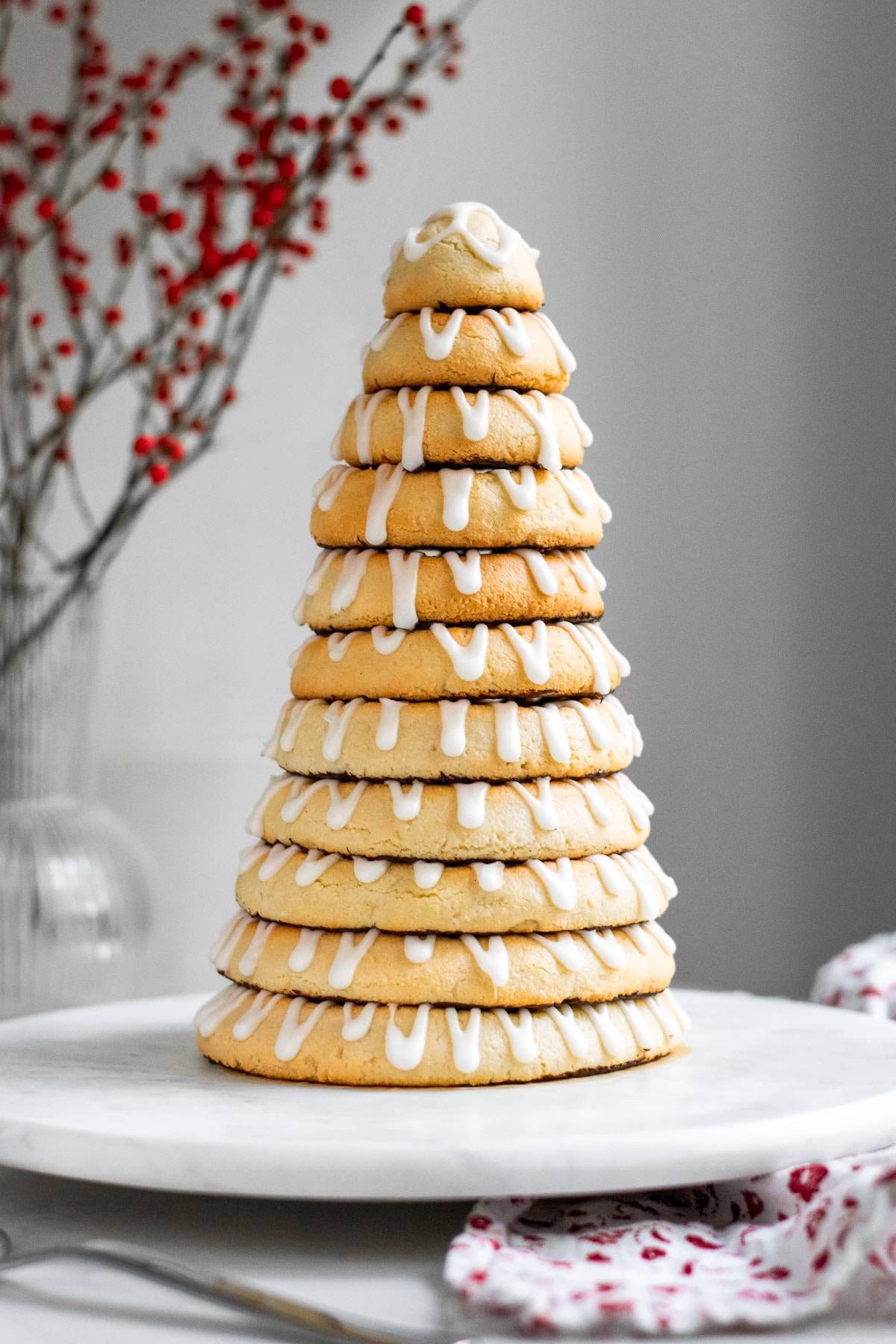
Final thoughts
Danish wedding traditions are full of unique and interesting customs. From the Gate of Honor, to the kransekake and the kissing games. Each one adds its own special element to the celebration.
These traditions are a great way for couples to show off their culture and heritage, and to add a unique touch to their special day.

